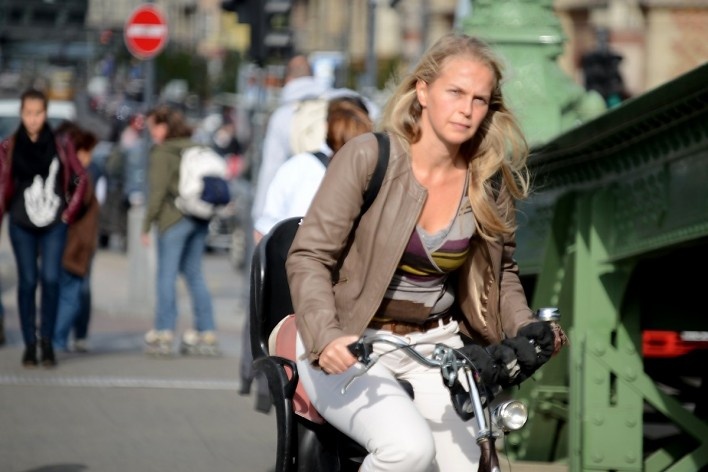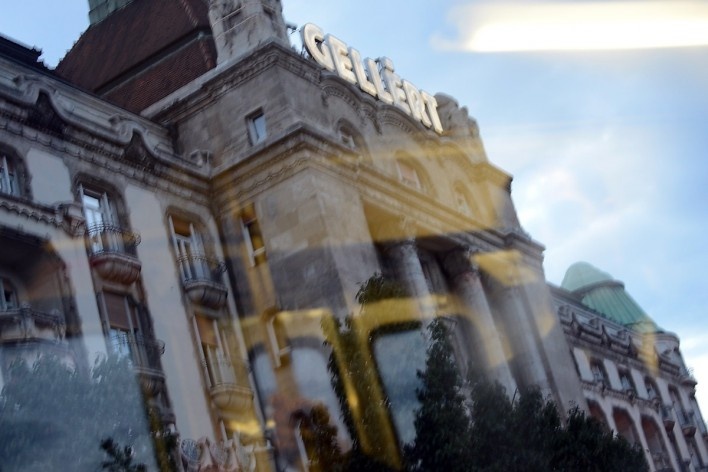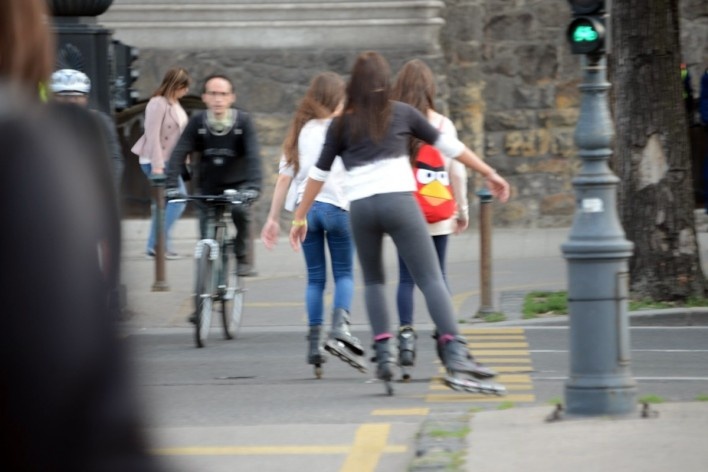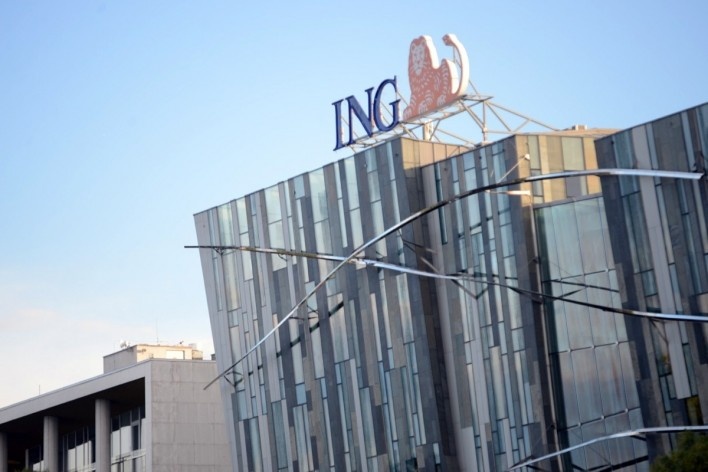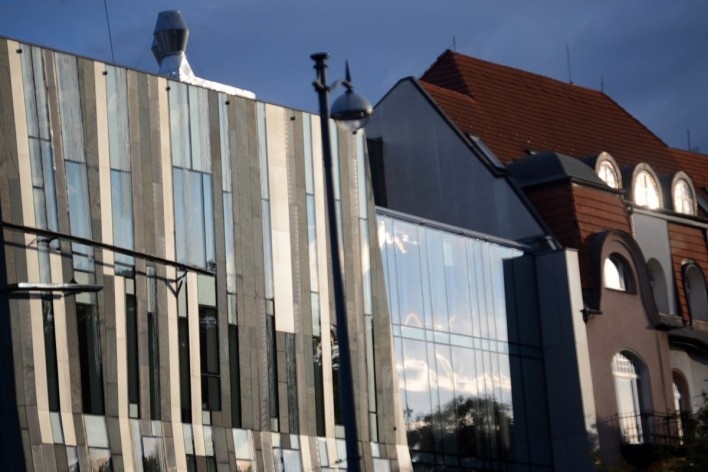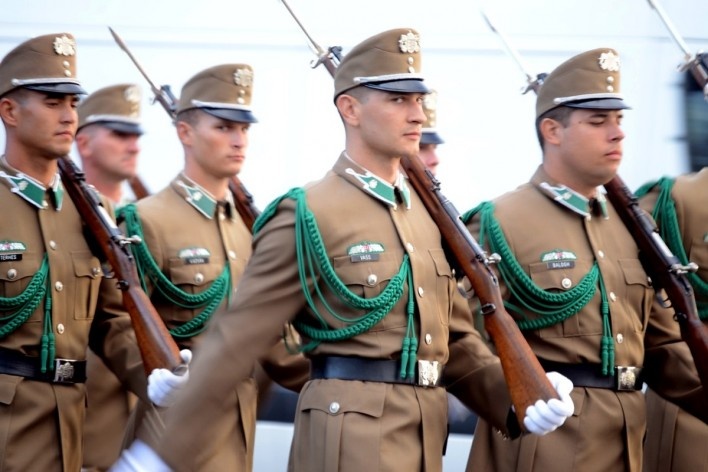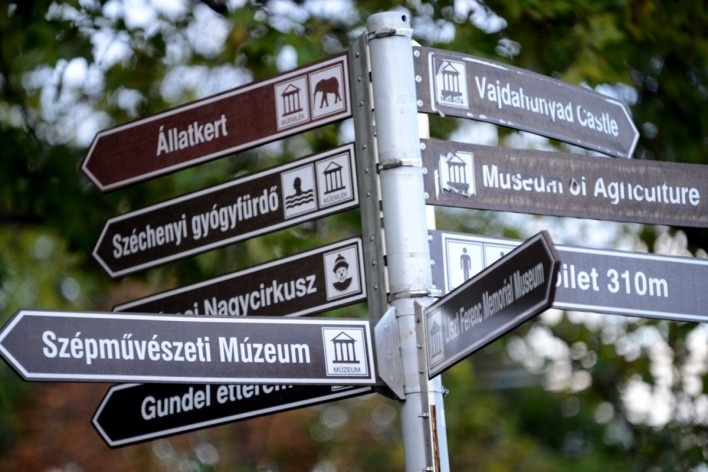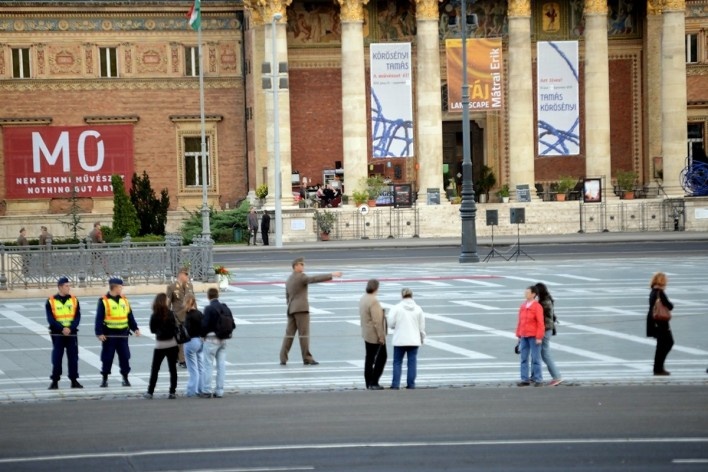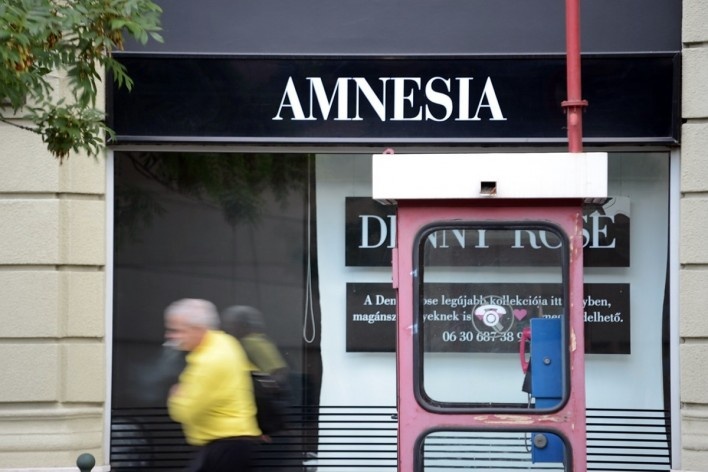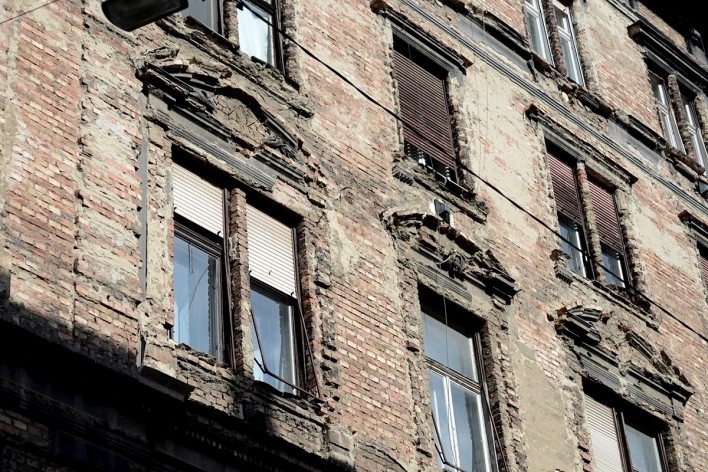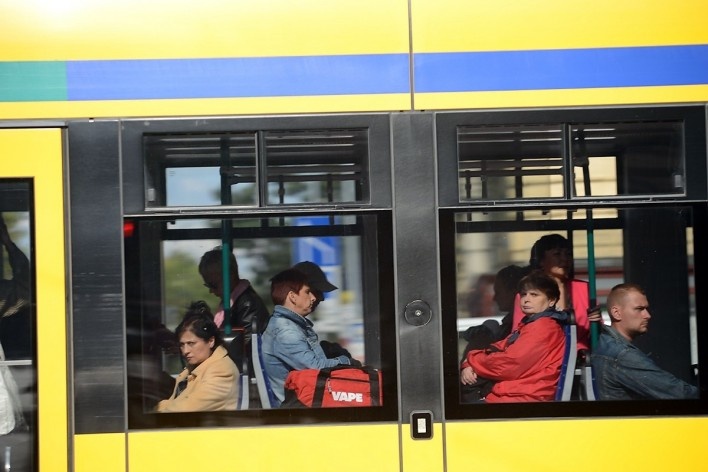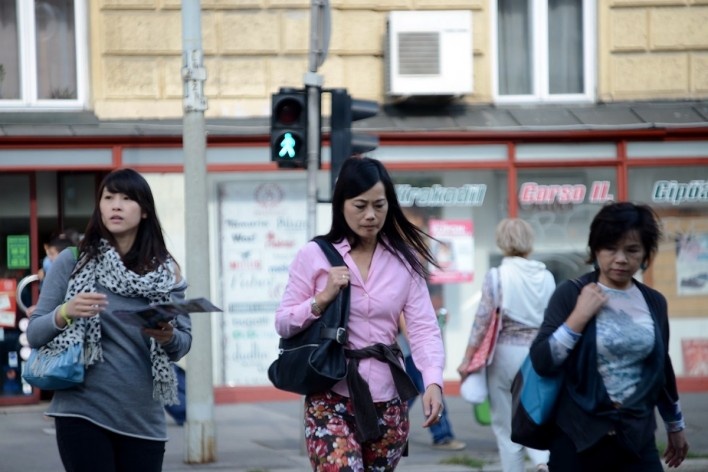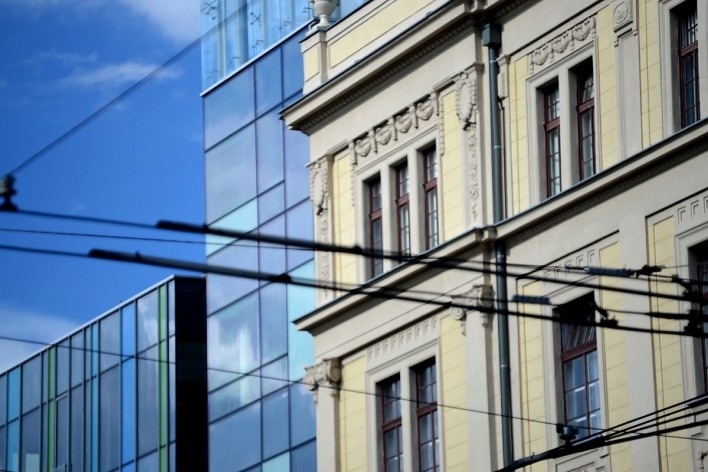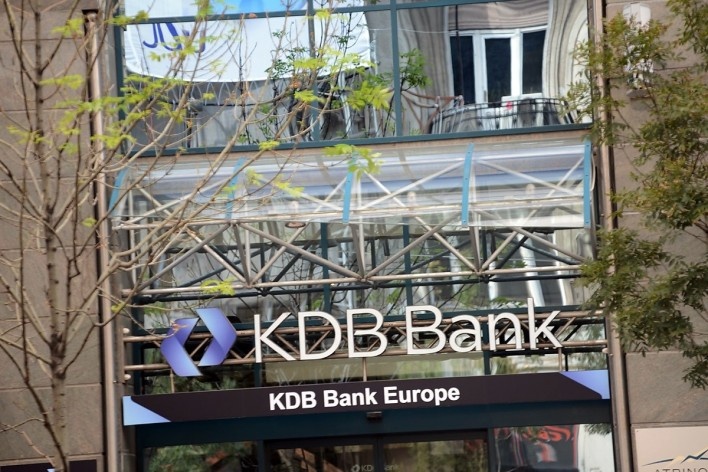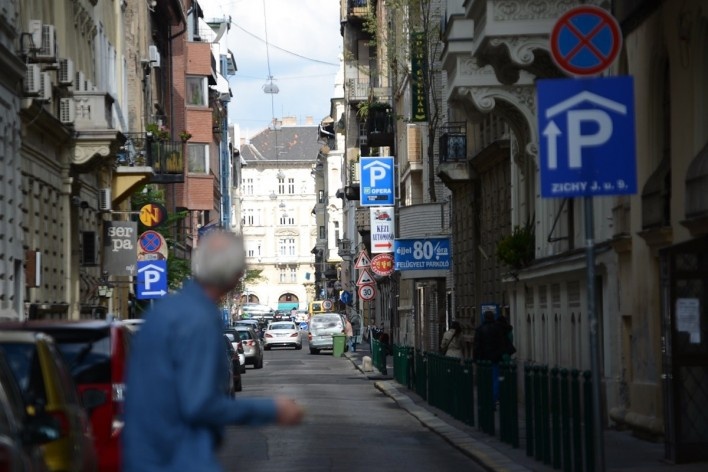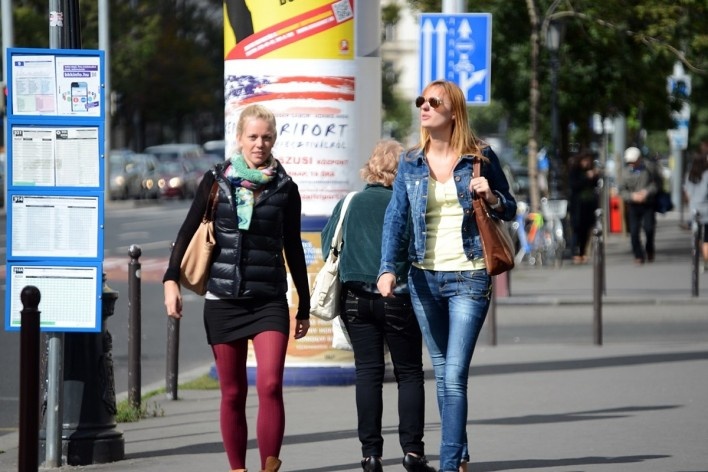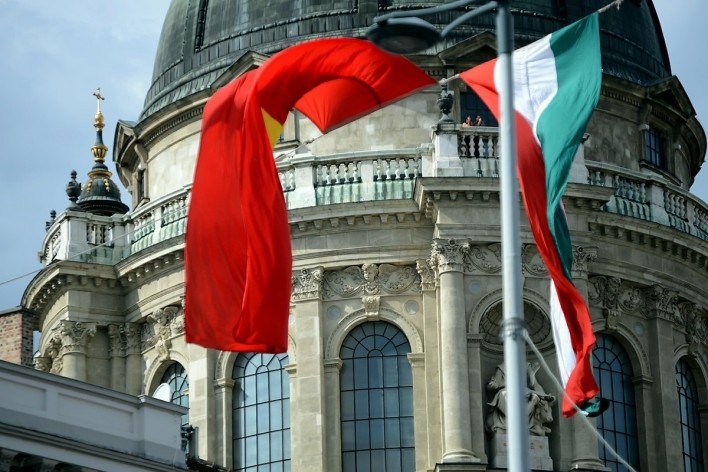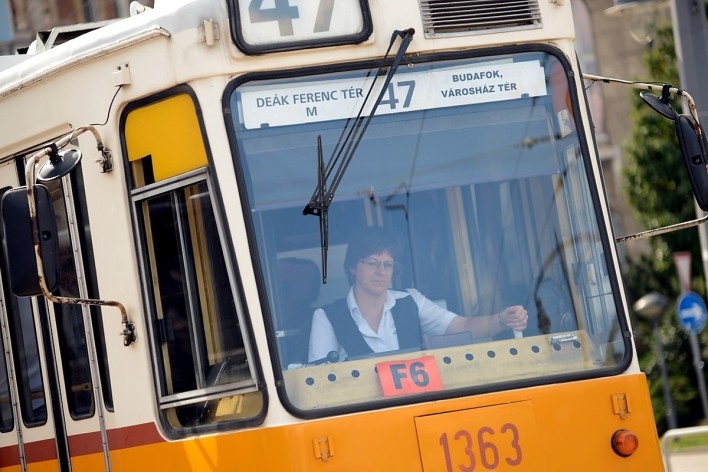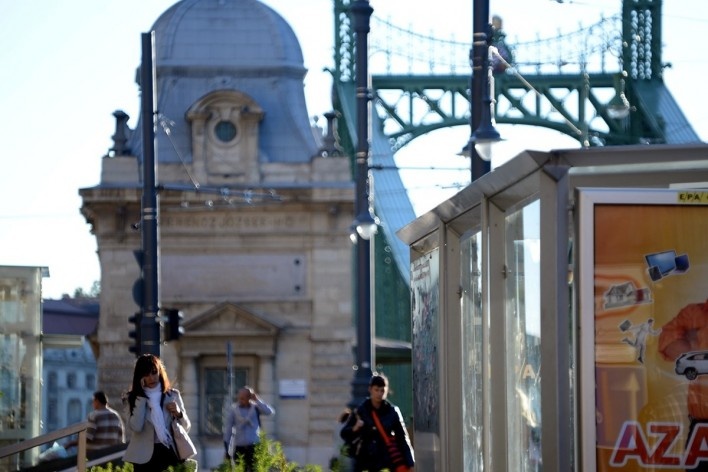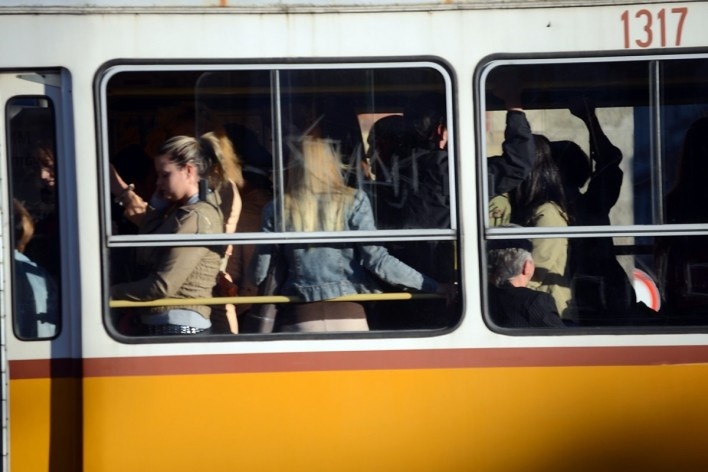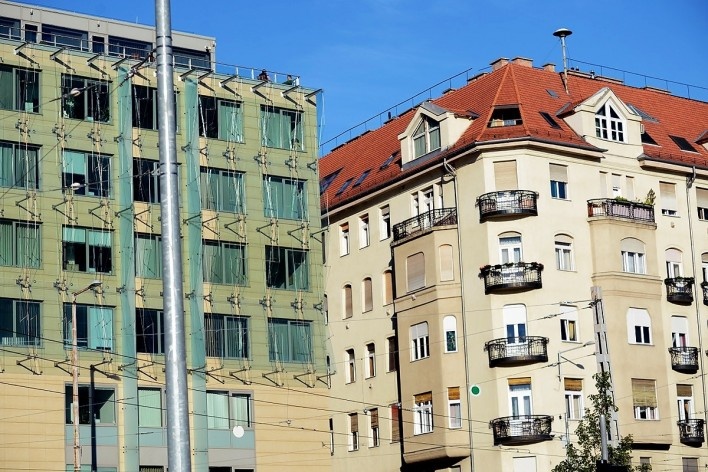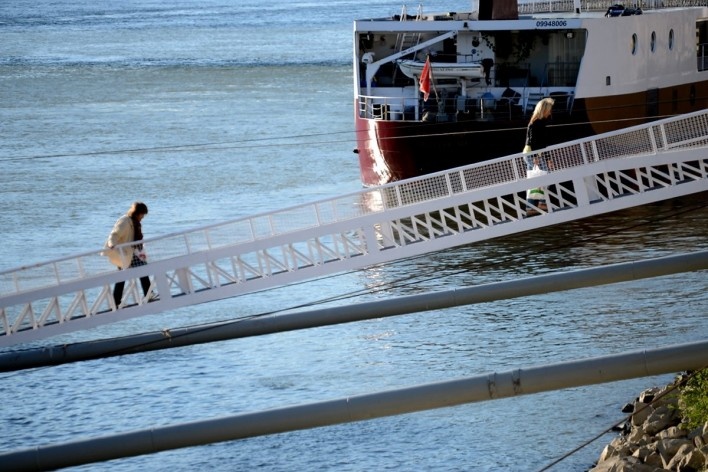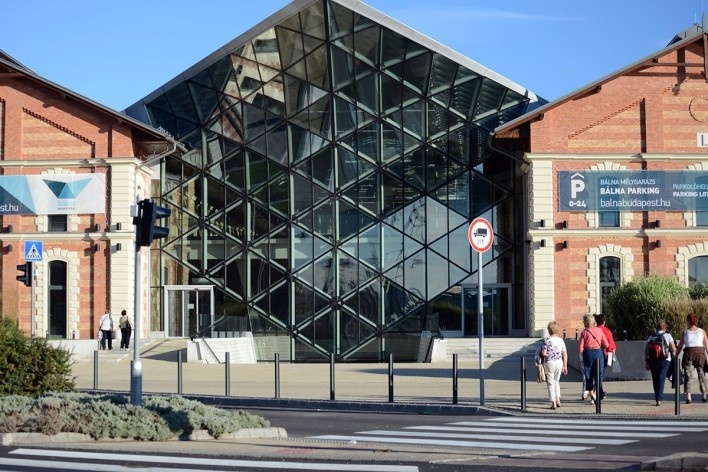Budapest surprises every time by the city scale, monumentality and density of its urban center grounded in the distant past. Added to these aspects, the warmth and humor of its residents. The journey to this monumental city, world cultural heritage, traveling by train, departed from Santa Lucia Station in Venice, stopping at Vienna, for changing trains, and arrive at Keleti Station in the city center of Budapest, with a total duration about 12 hours.
In walking the streets hospitality is evident by the looks and the kind of information. The historic center, which is characterized by extremely organic plot, crossed by the Danube - which is blue, green, yellow, multicolor..., depending on the time of day – stand still vestiges of the medieval fortified city.
Several times are included in this historical plot in terms of contrasts more or less abrupt, sometimes on a forceful way. It is worth saying that the origins are remote, with traces of the earliest occupations still tied to the old Stone Age, in which people lived on both banks of the Danube, where the city stands, and through which extends its limits.
One of the most significant factors for urban expansion was the installation of a Roman fortification in what is now known as Óbuda. In the second half of the second century BC the Roman Aquincum basis, between districts separate civilian and military, flourished as the capital of Pannonia. In the fifth century the country was overrun by the Huns with the formation of the kingdom that is today Hungary. Already in the year 1000 was organized a feudal state in the model with the introduction of Christianity.
In this period the construction of Buda Castle was completed, and the royal court was transferred to this fortification, which was modernized with contemporary attachment Gothic language. Regarding the actual city Buda contrasted the thriving commercial center of Pest. In the second half of the fifteenth century the royal palace and the city of Buda and Visegrad also, a district, were elevations as a center of Renaissance culture. In 1526, both as Buda and Pest were taken by the Turks who converted many churches into mosques, and have built bathrooms and strengthened the fortifications.
Óbuda was reconquered in 1686, and took Buda and Pest, this time, the role of the house of Habsburg. With the Empress Maria Theresa were various achievements of Buda and Pest, which strengthened the economic aspect of the region, with the lure of German immigrants. The installation of a university campus in Buda, in 1777, was important, however, a few years later, it loses his title to Pest. In 1849, the opening of the Chain Bridge, allowed the connection further facilitated between the districts of Óbuda, Buda and Pest. Following these three settlements will form a single city with a population of 150,000 inhabitants, and Budapest became, then, officially the capital of Hungary, with a rapid development in conjunction scale and importance.
This peak coincides city in 1896, with the celebration of the ancient Hungarian tradition, at which time it inaugurated the first underground railway in continental Europe. The major wars that followed, in the course of the twentieth century, so brutally changed the dynamics of the region. As a result of these collapses, Budapest suffered severe economic problems, which continued in the following years between the wars. A series of bombings in this process, on the front of the battle against the Germans, also contributed to the destruction of the city.

Aspect of city urban map
Divulgação
In the 1960s and 1970s reconstruction was triggered, with the opening of trade with the Elisabeth Bridge, the extension of the underground railway network, the renovation of the old center, particularly the block of the castle, including the construction of monumental hotels on this block, which allowed the growth of tourism and attracting visitors from both the East as West Europe and the United States. Nowadays, with its two million inhabitants, Budapest stands out in the panorama of Eastern Europe.
Interventions, at present, reveal the contrast option, which could be a problem for the preservation of the integrity of the whole, were not dense and monumental aspect of the historic center. Here arise first impressions should be noted, passionate impressions, it must be said, in view of the need for additional approaches to allow a deepening of the urban reality, both as regards the past, for the present.
Questions of method and methodology that should not miss on the studies concerning the history of cities and urbanism. In this sense, the importance of international dialogues in the context of the academic research and not only in this sphere... With these exceptions in regard the field of restoration, the urban scale, the prevailing option for continuity, both in terms of scale, the composition as a whole.
These impressions can be found by the daily path, in the various routes of the historic center, is in the very banks of the Danube, the plot is built beyond its shores. Past and present resonate different times. In this enjoyment compass, stand still monumental bridges, ancient and modern.
In terms of transportation, it seems efficient with the integration of multiple paths through subway, tram, train, bus, trolleybus, inclined plane, beyond the individual possibilities, since the bike, passing by the motorcycles and various types of cars. Crosswalks and bicycle ( including skateboards, skates and kick scooters ) distinguished this type of locomotion. Exclusive or priority areas for pedestrians fall with dignity.
The interregional and Continental are made by train, bus or plane. A visit to Budapest was motivated by participation in the event " In Tech : International Conference on Innovative Technologies ", in which we presented the paper entitled "The Company Towns ' Cultural Heritage as a Subject of Comparative Analisis : Participation including People." This participation adds to international dialogues triggered in Italy, particularly in the context of the Università IUAV di Venezia and the Università degli Studi di Padova.
Such incursions allow us to glimpse new horizons for Brazilian cities from the perspective of comparative analysis, in terms of urban planning’s thoughts and practices, in terms of everyday experience afforded by different urban centers. And it’s essential to looking for other references, by the cities...
note
NA
A visit to Budapest was motivated by participation in the event "In Tech: International Conference on Innovative Technologies", in which we presented the paper entitled "The Company Towns' Cultural Heritage as a Subject of Comparative Analisis: Participation including People." This participation adds to international dialogues triggered in Italy, particularly in the context of the Università IUAV di Venezia and the Università degli Studi di Padova. Such incursions allow us to glimpse new horizons for Brazilian cities from the perspective of comparative analysis, in terms of thoughts and practices, in terms of everyday experience afforded by different urban centers. Thanks Fapemig, CNPq, Capes.
about the autor
Fabio Jose Martins de Lima was born in Belo Horizonte, Minas Gerais, Brazil, on September 2, 1961 and photographing since 1983. Professor at Federal University of Juiz de Fora, from 1999, graduated in Federal University of Minas Gerais (1989), Master in Architecture and Urbanism at Federal University of Bahia (1994) and PH.D. in Architecture and Urbanism at University of Sao Paulo (2003). From 2011 is committed to the Università IUAV di Venezia on a Technical Stage, with support from Capes, Brazil. In Juiz de Fora coordinating research group Urbanismomg at Federal University of Juiz de Fora, with support of CNPq, Fapemig and Min Cidades and Culture.




